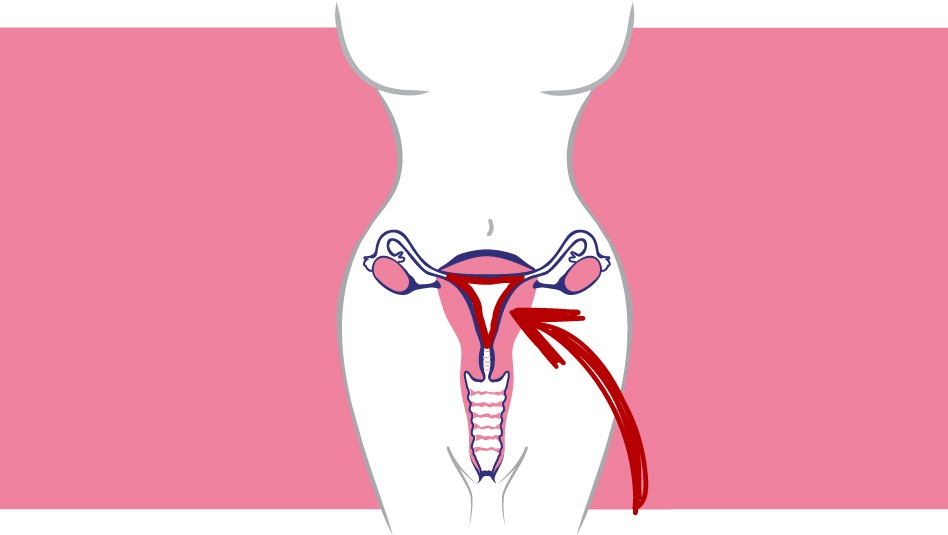Hysterectomy
What is hysterectomy?
Total hysterectomy is the complete surgical removal of the uterus when this organ is affected by different pathologies: miomas or uterine fibroids, endometrial hyperplasia, adenomyosis, etc.
Subtotal or supracervical hysterectomy, or when the uterine neck is left intact, is the removal only of the uterine body.
What is the uterine neck?
This is the lower part of the uterus, the area where the upper section of the vagina is attached.
What is laparoscopic supracervical hysterectomy?
New technologies (laparoscopy) enable an endoscope with cold light and a miniature camera to be introduced through tiny incisions in the abdominal cavity and to project an image of the operated area onto a monitor. Different specialized surgical instruments can be inserted through the incisions to perform the hysterectomy. The uterus is detached and removed through one of the tiny incisions with a special instrument (morcellator).
What are the advantages?
Combines minimally invasive and conservative surgical techniques to preserve healthy organs.
Less time spent in hospital (24-48 hours).
Less physical stress for the patient and quicker recovery.
Fewer abdominal or vaginal incisions provide better aesthetic results.
Less post-operative pain.
Orgasmic response in coitus is retained
Will my periods continue after hysterectomy?
Since the uterine body is extirpated, leaving the cervix intact, the patient will cease to have periods after the operation. Nevertheless, there may still be small cyclical blood losses similar to menstruation.
What are the risks of hysterectomy?
The same as those for any operation performed with laparoscopy. 5% of patients will be subject to a laparotomy (opening of the abdominal cavity), since the pathology viewed by laparoscopy modifies the therapeutic criterion.
What are the contraindications?
It is not advisable for those patients whose cervix present anomalies, viral infections or precancerous lesions (dysplasias) to leave the uterine neck intact, due to the risk of developing a cancerous process in the retained cervical stump. This is also the case for serious tearing of the cervix caused by obstetrical trauma, and for patients with uterine prolapse (descent of the entire uterus).
What check-ups will I need later?
Systematic gynecological check-ups are the key. The best way of avoiding cervical cancer is to be alert to the diagnosis of precancerous lesions. It is for this reason that cytologies (Papanicolau) should be carried out annually, as if there had been no previous surgical intervention.

